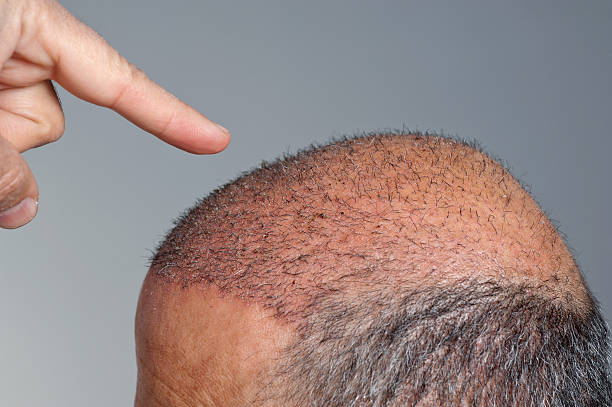Dandruff Treatment: Practical Approaches for Scalp and Hair Care
Dandruff is a common scalp condition that causes visible flakes and occasional itching. It affects people with varying hair types and can be related to dry skin, oily skin, or underlying scalp conditions. Understanding how treatments work and which approaches reduce flakes helps you choose care that improves scalp comfort while protecting hair health.

This article is for informational purposes only and should not be considered medical advice. Please consult a qualified healthcare professional for personalized guidance and treatment.
What causes dandruff on the scalp?
Dandruff typically results from an accelerated shedding of dead skin cells on the scalp. Several factors contribute: the yeast Malassezia (which feeds on scalp oils), excess sebum production, dry skin, sensitivity to hair products (contact dermatitis), and inflammatory conditions such as seborrheic dermatitis or psoriasis. Environmental factors (cold weather, low humidity), hormonal changes, and stress can also make symptoms worse. Understanding the likely cause helps guide treatment—oil-control and antifungal measures work well for yeast-related flakes, while moisturizers help dry-scalp flakes.
How do treatments affect scalp and skin?
Treatments aim to reduce flaking, control inflammation, and address underlying causes. Antifungal agents reduce Malassezia levels and lower inflammation; keratolytic agents help loosen scales so they wash away; anti-inflammatory agents reduce redness and itching. Many medicated shampoos and topical products combine these actions. Overuse can irritate the skin or damage hair, so following product instructions and alternating treatment types is common practice. If a rash, blistering, or worsening occurs, stop the product and seek medical advice.
Which ingredients help reduce flakes?
Several active ingredients are commonly recommended for dandruff control: zinc pyrithione (antifungal and antibacterial), ketoconazole (broad antifungal), selenium sulfide (reduces yeast growth and scalp cell turnover), coal tar (slows skin cell production), salicylic acid (helps remove scales), and pyrithione zinc formulations. Each ingredient has trade-offs: some can dry hair, discolor chemically treated hair, or increase sun sensitivity. Choosing products often depends on scalp type, hair processing, and product tolerance; rotating products can help when one ingredient becomes less effective over time.
How should you use medicated shampoos for hair?
Apply medicated shampoos as directed—usually lather on wet hair, leave in place for several minutes to allow active ingredients to work, then rinse. Frequency varies: some people start with every-other-day use and reduce to once or twice weekly for maintenance. Avoid hot water and vigorous scrubbing, which can irritate the scalp and worsen flakes. For colored or chemically treated hair, check product labels for compatibility and consider shorter contact times or spot-testing to prevent unexpected changes to hair texture or color.
Can home remedies help dandruff and skin?
Some home strategies can complement medical treatments but have mixed evidence. Gentle daily cleansing to remove oils and scales, avoiding harsh styling products, and regulating stress and sleep can help. Natural options like diluted tea tree oil have some supportive data for mild antifungal activity but may cause contact irritation in sensitive individuals. Coconut oil can moisturize dry scalp but may worsen oily, yeast-driven flaking. Apple cider vinegar rinses are anecdotal and should be used cautiously. Use home remedies sparingly and stop if irritation appears.
When to consult a professional for scalp issues?
See a dermatologist or qualified clinician if flakes persist despite regular treatment, if you have severe redness, swelling, pain, hair loss, or bleeding, or if over-the-counter options cause worsening symptoms. A clinician can distinguish seborrheic dermatitis, psoriasis, fungal infections, or contact dermatitis and recommend prescription-strength antifungals, topical steroids for inflammation, or other targeted therapies. They can also advise on hair-preserving approaches for people with chemical treatments or sensitive skin, and suggest tailored maintenance plans to reduce recurrence.
Conclusion
Managing dandruff is often a combination of identifying the likely cause, using appropriate medicated products, and adopting supportive scalp and hair care routines. Active ingredients like ketoconazole, zinc pyrithione, selenium sulfide, and salicylic acid address different aspects of flaking; gentle application, appropriate frequency, and attention to skin reactions help balance effectiveness and hair health. For persistent or severe issues, a healthcare professional can provide diagnosis and personalized treatment options.






